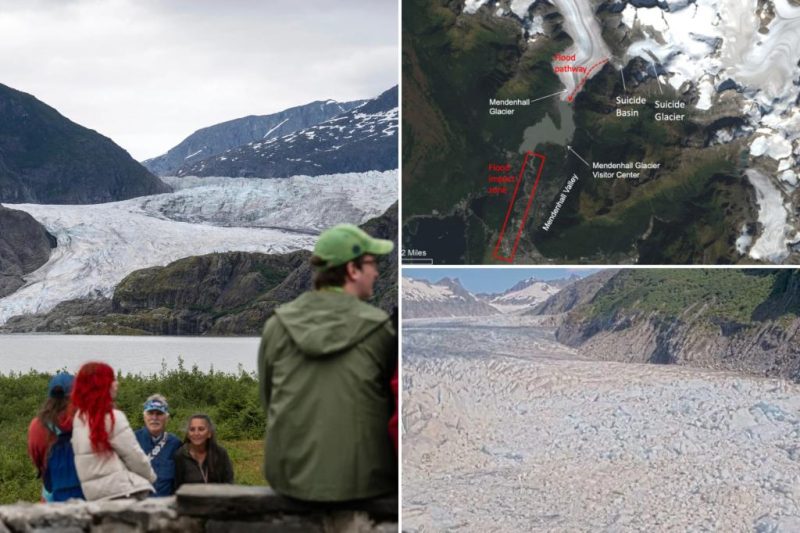
Alaska Governor Mike Dunleavy declared a state of disaster on Sunday, preemptively addressing a looming crisis in the state’s capital. The threat? A potential catastrophic flood resulting from a glacial lake outburst. This isn’t a hypothetical scenario; officials are anticipating a significant and potentially devastating surge of water. The declaration allows for the immediate mobilization of resources and support to mitigate the impact of the impending flood.
The situation highlights the very real dangers posed by glacial lake outburst floods (GLOFs). These events occur when a dam of ice or debris holding back a glacial lake fails, releasing a torrent of water downstream. The scale of such a release can be immense, causing widespread and rapid flooding with devastating consequences for infrastructure and communities. In Alaska, with its numerous glaciers and glacial lakes, the risk of GLOFs is a significant concern.
While the exact timing and magnitude of the potential flood remain uncertain, the governor’s swift action underscores the seriousness of the situation. Emergency response teams are actively preparing for the event, working to develop evacuation plans and secure critical infrastructure. Residents are being urged to monitor official channels for updates and follow any instructions issued by authorities. The disaster declaration will facilitate the allocation of state resources, including emergency personnel, equipment, and funding, to support the response and recovery efforts.
This event serves as a stark reminder of the impact of climate change on vulnerable communities. The melting of glaciers, accelerated by rising global temperatures, increases the risk of GLOFs and other extreme weather events. As the climate continues to change, we can expect to see more frequent and potentially more severe instances of these natural disasters. The situation in Alaska’s capital underscores the urgent need for proactive measures to mitigate the risks associated with climate change and to ensure the safety and well-being of communities facing these threats.










